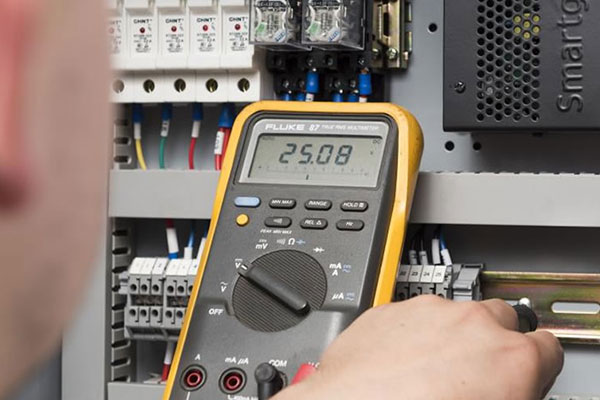One simple way to minimise your infrastructure risks

We see many organisations overlooking one simple way to reduce risk in their physical infrastructure layer.
One of the first things we look at when we consult with a new client is what schedules and routines they have in place for performing pro-active maintenance on their UPS systems.
The risk of not performing maintenance on these critical systems is obvious. What’s not always so obvious are the risks you face when you DO undertake physical infrastructure maintenance.
There are some simple guidelines to follow in scheduling both minor and major maintenance that can mitigate these risks for your organisation.
Major Maintenance - Annual
Performing major maintenance on your UPS systems is essential to make sure your IT equipment, applications and data are protected from damage, loss or outages.
This needs to be done on an annual basis and should include:
1. Functionality check of UPS system, testing switching and internal relays
2. Battery charger testing to check batteries are charging correctly
3. Battery calibration to identify incorrect UPS runtime readings or battery faults
4. Management system review to test for software faults
5. Review and configuration of UPS settings to maximise efficiency, system longevity and load protection. This could include:
a. voltage sensitivity to make sure the setting is appropriate to the load and the environment
b. network card temperature thresholds to provide alerts re cooling issues
c. shutdown thresholds to ensure adequate run-time prior to system shutdown
6. Internal static bypass testing to check that relays work correctly when switching between on-line and bypass
7. Fault testing to ensure full functionality of the system in all modes
When scheduling your annual maintenance, it’s very important to keep in mind three things:
1. Time of Day – it is essential that your major maintenance is performed outside of business hours or during off-peak periods. The procedure for the major maintenance includes bypassing battery power during UPS testing. If a mains power issue were to happen while bypass mode is engaged, your IT equipment will not be protected and availability of your systems will be lost.
2. Documentation of Procedures – there is enormous variability of how to do bypass testing depending on the UPS model, whether the UPS uses single or 3-phase power and the set-up of your external bypass panel. To avoid UPS failure or safety issues, it is necessary that the correct procedures for your unique set-up are correctly documented. This means in the event of a major event, staff have the information on hand to act quickly with a step-by-step guide to safely put the system into bypass.
3. Skills & Knowledge – similarly, the people undertaking these maintenance procedures must be adequately trained and appropriately qualified to perform these tasks. In some cases, the work must be done by a qualified electrician. If you’re not sure, bring in expert help. The risks to your business and your people can be considerable.
Minor Maintenance – Quarterly or Half-yearly
We recommend our clients schedule minor maintenance on a quarterly or half-yearly basis.
This physical health check includes a review the following:
- Critical faults and system alarms
- Fault causing environmental conditions [heat, grime, dust, water]
- Physical check of UPS and batteries
- Clean the system
Recommendations and advice to improve UPS performance
You can safely schedule your minor maintenance during business hours. Without the inclusion of bypass testing in this health check, the risks are much lower and your equipment and data remains protected throughout the procedure.
If you need help or have any questions about the adequacy of your current or future plans for maintenance of your critical infrastructure systems, get in touch: sales@bdcservices.com.au or 1300 00 11 95













Comments